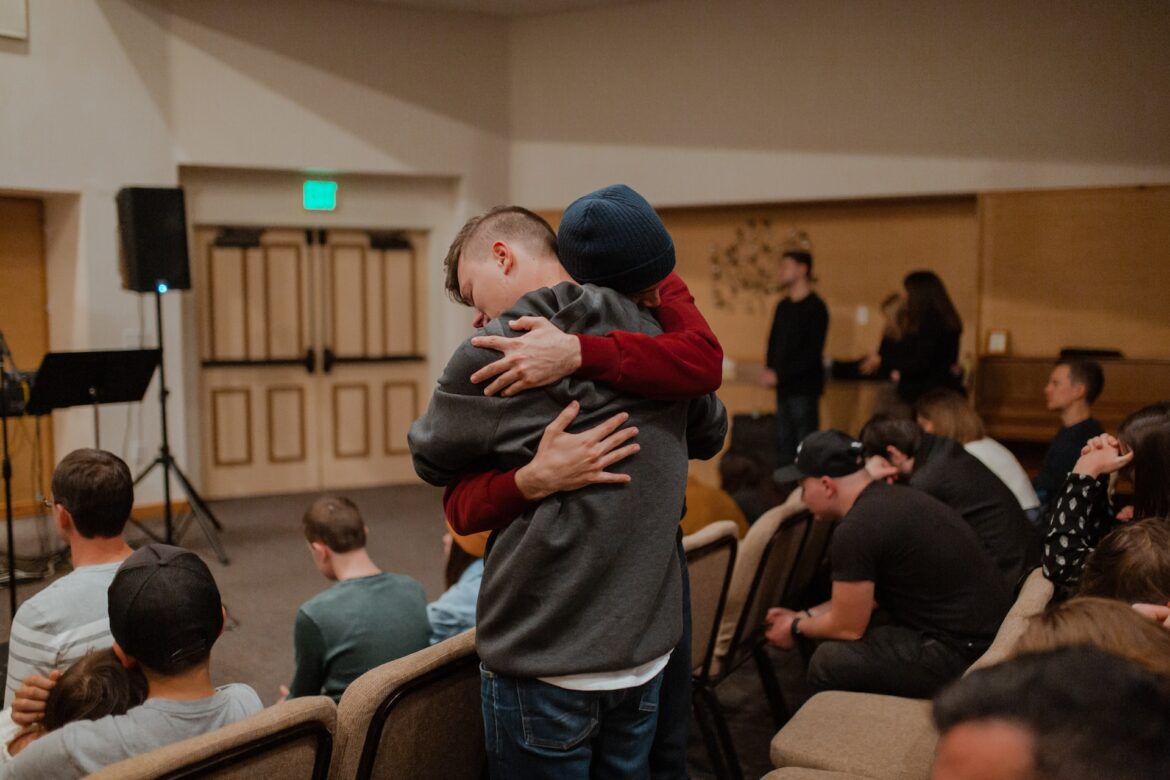Social Support Networks for Young Adults With Fibromyalgia
If you have had Fibromyalgia and are looking for support and help, there are several places to go. These include online support forums, online groups, and more. Different types of treatments may be helpful to you.
Peer support groups
You may want to join a peer support group if you have recently been diagnosed with Fibromyalgia or other chronic illness. These groups are usually designed to help you deal with the many challenges of living with an illness. The best part is that they can help you connect with others who have experienced similar challenges. Three critical types of peer-led interventions exist a self-management program, a peer-to-peer chronic illness support forum, and a support group. Each is unique, but they all have a role to play. A support group is a non-medical entity that provides emotional, educational, and motivational support to its members. They are guided by caring professionals and volunteers. Some groups are nonprofit, while others may charge a nominal fee. In some cases, the group may meet over the phone. One of the best aspects of these groups is the opportunity to meet other individuals with Fibromyalgia. You can make friends and get out of the house. These fibromyalgia support group for young adults provide an ongoing basis of care and can help reduce reliance on medication. The peer social support network enables people to develop strong, cooperative relationships. This allows people to receive emotional and informational support, reducing the feeling of isolation that can come with a long-term chronic disease.
Online
If you’re a young adult with Fibromyalgia, you’ll find a lot of help in online social support networks. But you’ll need to research and ensure you’re joining a safe, supportive group. One thing you’ll need to consider when joining a group is how much you trust the members. It’s best to choose a reputable group with members who are trained to run the group. This will ensure that you’re comfortable and that you can ask questions. Another factor to consider when choosing a group is whether it’s a formal one or not. Some in-person groups are led by medical professionals, while others are informal.
Care teams
Fibromyalgia is a chronic pain syndrome that affects 5% of the population. The condition is characterized by widespread pain, tingling, and fatigue. It is thought that stress, biochemical imbalances, or a traumatic event may cause it. Although there is no cure for Fibromyalgia, treatments can help control the symptoms. Symptoms can be relieved with various medications, physical therapy, and other stress-reduction techniques. A suitable care team can also help manage the condition and improve your quality of life. Many people with Fibromyalgia see multiple specialists to find the proper treatment. This can be an expensive and invasive process. To avoid this, talk to your doctor about a fibromyalgia treatment plan. Other treatments for Fibromyalgia include cognitive behavioral therapy and relaxation therapies. These programs use meditation, hypnosis, and discussion to reduce symptoms and change how patients think about their illnesses.
In local communities
Fibromyalgia (FM) is a chronic, complex disease that affects people of all ages, races, and genders. Various symptoms characterize it, including fatigue, muscle aches, and pain in different body areas. Research has shown that peer social support networks positively affect patients with Fibromyalgia, such as increased satisfaction, improved physical and emotional well-being, and reduced depression. Many support groups are available online and in local communities. Choosing a group depends on the type of help you need and the location of your community. The American Chronic Pain Association (ACPA) offers local support groups. They provide educational resources and tools to help you manage your pain. ACPA has a network of communities in most states. You can find a list of local support groups on their website.
Alternative treatments
If you’re a young adult who has Fibromyalgia, it’s possible that you’re not able to get the pain relief you want. It’s important to know that there are many ways to reduce your symptoms and improve your quality of life. But before you start a treatment program, you’ll need to figure out which options are best for you. Treatment options may include over-the-counter medications or a physical therapy plan. It would be best if you also considered other types of alternative treatments. One of the most common fibromyalgia treatments is exercise. Moderate exercise can help you manage your symptoms, reduce fatigue, and prevent bad days. However, you must follow the manufacturer’s directions to avoid harmful side effects. Another fibromyalgia treatment option is to engage in meditation. Meditation helps you relax and connect the mind and body. Some studies have found that practicing meditation can reduce fibromyalgia pain. Other fibromyalgia treatments involve medications and lifestyle changes. Antidepressants, muscle relaxants, and anti-seizure drugs can relieve the symptoms of Fibromyalgia.




